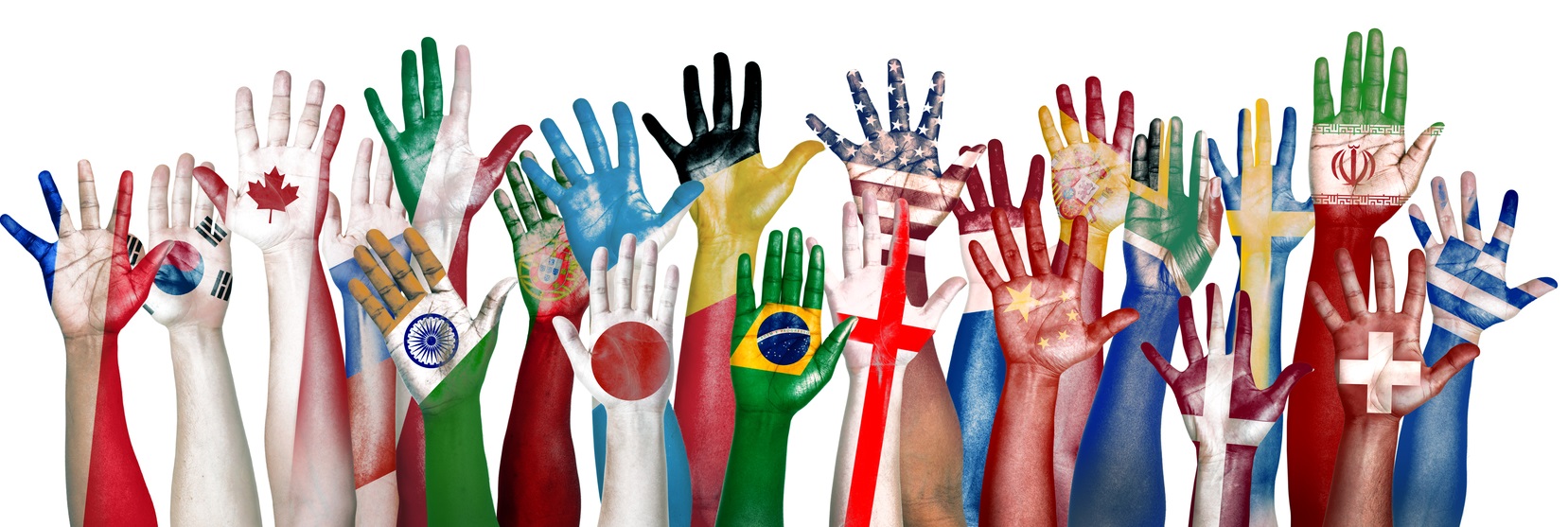Amidst the supposed turmoil and the chaos broadcast on news programs across the world, it’s easy to forget one fact: people are far better than the media gives them credit for.
For proof of that, just follow the numbers, especially where it concerns generosity. Today, even as dire challenges arise and societies worry about their ability to cope with these obstacles, philanthropy is on the upswing. Not only are more people giving than ever, but in different iterations and to address problems we may not have realized years ago.
Philanthropy is on the rise
While it may come as a surprise given the constant negativity of today’s news, philanthropy is actually on the rise.
According to the 2016 BNP Paribas Individual Philanthropy Index (the latest iteration of an annual survey), the United States donated the most, both in amounts pledged or given. The statistics reflected an overall increase across all sectors of philanthropic activity, including individuals, corporations, and foundations. According to the National Philanthropic Trust (NPT), individual Americans gave $389 billion in 2016, a 4 percent increase from 2015. Corporations donated some $18.55 billion (a 3.5 percent increase from the previous year), while foundations gave some $58.28 billion (also a 3.5 percent increase). By far, individuals were the most generous, as they comprised 72 percent of total giving–while corporations only contributed to around 5 percent of total donations globally.
Causes also differed by region. BNP found that philanthropists overwhelmingly labeled “Health” as their top cause, donating to nonprofits who specialized in this area (namely medical organizations such as Doctors without Borders). A key exception was Asia, where philanthropists placed the environment as their leading charitable cause.
Philanthropic Innovation
In terms of vision, BNP awarded top honors to Europe, labeling these nations as most likely (and willing) to explore and innovate new approaches to philanthropy. A key reason for this recognition likely stems from the multitude of philanthropic structures pioneered by the continent, which include the Latin/Mediterranean model of religious charities; the Rhine model of government-influenced social corporations; the Scandinavian model of a strong welfare state coupled with volunteering; and the Anglo-Saxon model, which relies most heavily on civil society organizations. Europe has also pioneered “venture philanthropy”, which adapts the principles of venture capitalism to promising, forward-thinking charities. Donors invest in charities and watch their donations grow, implementing measures like tailored financing, organizational support, and impact measurement to assess and retarget methods and funding accordingly.
Clearly, unlike the United States, much of European philanthropy seems to be based around organizations, rather than individuals. Research from the Donors and Foundations Networks in Europe (DAFNE) and the Foundation Center of New York indicates that there are over 147,000 public benefit foundations of various types; combined, they spend some 60 billion euro annually. Generally, these foundations, despite their different aims and structures, follow a clear set of criteria: they’re independent, nonprofit groups with an established and reliable source of income and a governing board. These foundations run programs of their own, support those of other nonprofits, or often, carry out both functions.
Germany, befitting its role as the namesake and origin of the Rhine model of social corporatism, seems to have the largest number of such foundations (20,200), and the highest level of total charitable expenditures (17 billion euro). DAFNE concludes that Germany likely accounts for 25 percent of all charitable spending by European public benefit organizations.
Americans are increasingly using DAFs
In America, it’s no longer just lone, wealthy individuals (and their foundations) who are driving this newfound burst of philanthropy. One way in which corporations have expanded into philanthropy is that of donor-advised funds (DAFs); essentially, a DAF is an accounts maintained by charitable arm of a corporation (usually banks or financial services firms). Basically, a user deposits cash, securities, or other assets into a DAF, which then distributes the money to various charities over a period of time.
This field is also rapidly taking off. According to The Economist, DAFs doubled to roughly $80 billion from 2010-2015. Originally created in 1930 as a way to encourage local philanthropy (community organizations like museums were the first to offer such accounts), DAFs have since been taken over by corporations, specifically Schwab, Vanguard, and Fidelity.
A rise in Asian philanthropy
In their 2016 World Giving Index, CAF includes a table that outlines the nations with the most donors. India leads the group, with 265 million donating some form of monetary aid, followed closely by Indonesia (146 million), the United States (144 million), and China (91 million). Interestingly, seven of the top ten nations with the largest donor populations are in Asia: in addition to the previously mentioned countries, they include Pakistan, Thailand, Japan, and Myanmar.
Taken together, this indicates an interesting trend: that philanthropy is on the rise in Asia. To be clear, size sometimes sways the numbers: for instance, though China has some 91 million donors, this number is only about 8 percent of its total population. Interestingly, this may be related to time and exposure; unlike other nations, Chinese civil society organizations haven’t been around for very long, and as a result, aren’t particularly robust. Given time and energy, it’s likely that the numbers of donors will swell further.
Even in times of increasing challenges, people are more generous than ever. Though philanthropy takes many forms and dollar amounts are not always equal between nations, philanthropy hasn’t decreased internationally. Instead, it’s merely taken on different forms and iterations, and grown to address problems that our society didn’t have to face a generation ago.


No responses yet